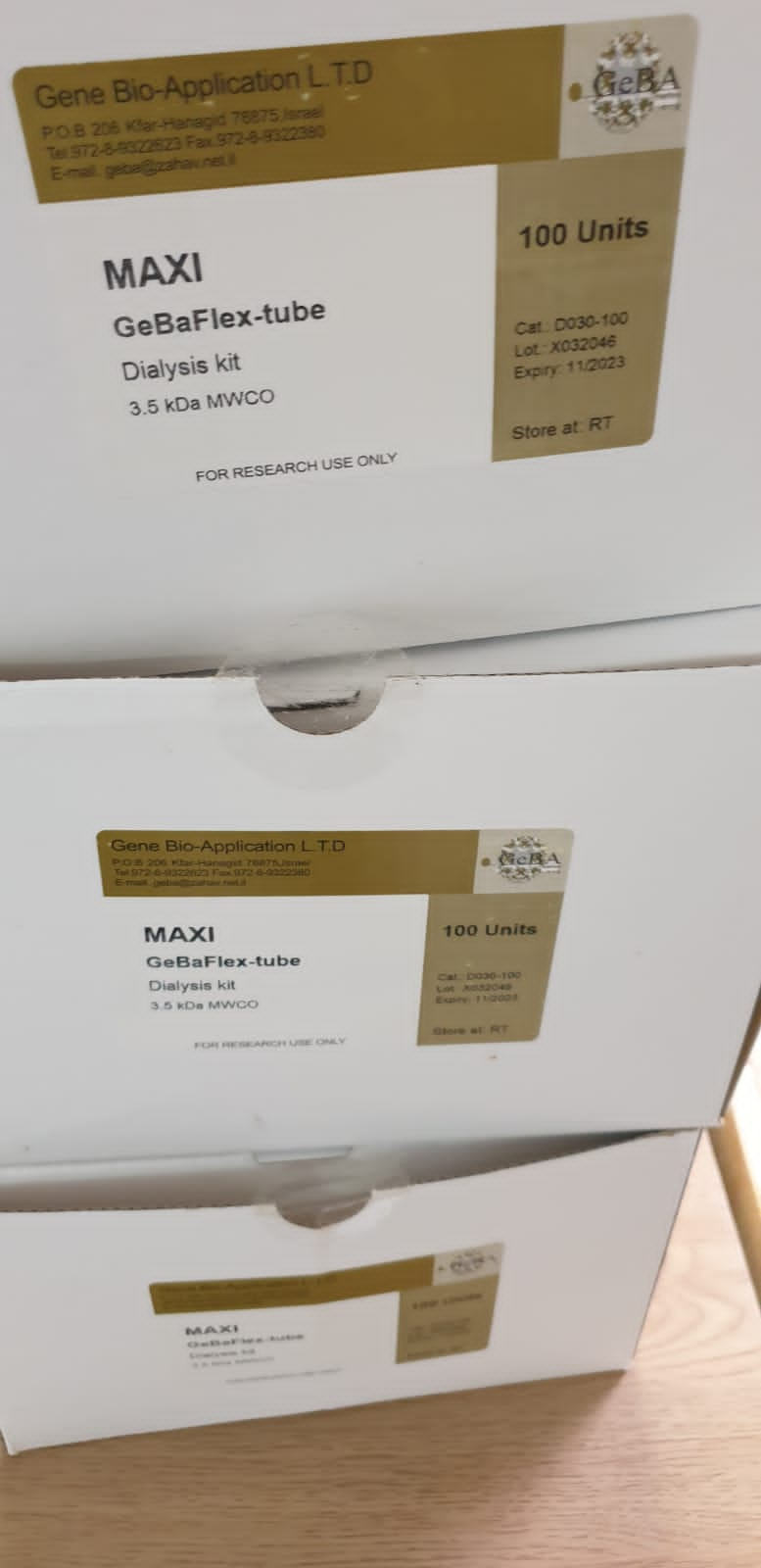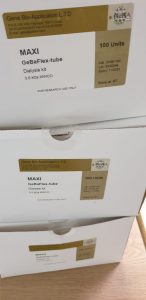
The function of this paper is to look at the connection between happiness at work and cross-selling efficiency within the banking sector. In addition, the mediating impact of service-skill use is analyzed within the relationship between happiness at work and efficiency.
Confirmatory issue evaluation is utilized by means of structural equation fashions to evaluate the connection between happiness at work, service-skill use, and cross-selling efficiency. A pattern of 492 monetary service workers is examined. Results reveal that happiness at work positively and immediately impacts cross-selling efficiency. The examine additionally exhibits that service-skill use performs a partial mediating position within the relationship between happiness at work and cross-selling efficiency.
This analysis expands the speculation of the completely happy productive employee perspective based mostly on the job demands-resources mannequin and defines and conceptualizes service-skill use. Employees who’re happier at work cross-sell higher, however their service-skill use mediates the impact of happiness at work maxanim on cross-selling efficiency.
Previous experimental psychology research based mostly on visible search paradigms have reported that younger adults detect emotional facial expressions extra quickly than emotionally impartial expressions. However, it stays unclear whether or not this holds in older adults.
We investigated this by evaluating the talents of younger and older adults to detect emotional and impartial facial expressions whereas controlling the visible properties of faces introduced (termed anti-expressions) in a visible search process. Both age teams detected regular indignant faces extra quickly than anti-angry faces.
However, whereas younger adults detected regular completely happy faces extra quickly than anti-happy faces, older adults didn’t. This means that older adults will not be simple to detect or focusing consideration in direction of smiling faces showing peripherally.
Many research have proven that not solely threatening but in addition constructive stimuli seize visible consideration. However, within the dot-probe process, a typical paradigm to evaluate consideration to emotional stimuli, often no bias in direction of completely happy faces happens. Here, we investigated whether or not such a bias can happen and, in that case, below which situations.
In Experiment 1, we investigated whether or not the bias is contingent on the simultaneous presentation of distractor stimuli with the targets. Participants carried out a dot-probe process with both stand-alone targets or targets that had been accompanied by distractors. We discovered an attentional bias in direction of completely happy faces that was not moderated by goal sort.
To rule out perceptual low-level confounds because the trigger of the bias in direction of completely happy faces, Experiments 2a and 2b comprised dot-probe duties with inverted face cues. No attentional bias in direction of inverted completely happy faces occurred.
In Experiment 3, we investigated whether or not a bias in direction of completely happy faces is contingent on a social-processing mode. Participants carried out a dot-probe process with socially significant (schematic faces) or socially meaningless (scrambled schematic faces) targets. Again, a bias in direction of completely happy faces, which was not moderated by goal sort, occurred.

In Experiment 4, we investigated the attentional bias in direction of completely happy faces when one other extremely related expression was current. Participants carried out a dot-probe process with each completely happy and indignant face cues. A big attentional bias in direction of emotional faces occurred that didn’t differ between each cue feelings. These outcomes recommend that completely happy faces are sufficiently related for observers to seize consideration within the dot-probe process.
The frontline therapy choices for sufferers with metastatic renal cell carcinoma (mRCC) are evolving quickly because the approval of mixture immunotherapies by the U.S. Food and Drug Administration (USFDA) and the European Medicines Agency (EMA). In explicit, together with vascular endothelial progress issue receptor (VEGFR) tyrosine-kinase inhibitors (TKIs), immune checkpoint inhibitors (ICIs) have considerably improved the result of sufferers with mRCC in comparison with TKI monotherapy.
Here, we assessment the preclinical knowledge supporting the mixture of ICIs with VEGFR TKIs. The VEGF-signaling inhibition might ideally maintain immunotherapy by a constructive modulation of the tumor microenvironment (TME). Antiangiogenetics, actually, with their inhibitory exercise on myelopoiesis that not directly reduces myeloid-derived suppressor cells (MDSCs) and regulatory T cells’ (Tregs) frequency and performance, might have a job in figuring out an efficient anti-tumor immune response. These findings are related for the challenges posed to clinicians in regards to the medical impression on therapy methods for mRCC.
Previous analysis exhibits that issue disengaging from unfavorable (self-related) stimuli (i.e. unfavorable self-referential processing; NSP) is a vulnerability issue for melancholy (Gotlib & Joormann, 2010) and contributes to its recurrence (LeMoult, Kircanski, Prasad, & Gotlib, 2017). The Emotional Reversal Learning Task (ERLT) was designed to research this, and we examined its assemble validity by inducing social rejection, an etiological course of of melancholy, inside the ERLT mannequin.
We anticipated excluded individuals to have issue disengaging from NSP.We administered Cyberball to 130 individuals randomly assigned to the excluded or included situation. Participants then accomplished the ERLT: They selected a valence possibility (constructive or unfavorable), retrieved a reminiscence of the identical valence, after which had been rewarded or punished for his or her valence alternative.
For the primary section, retrieving a unfavorable reminiscence was probabilistically rewarded, and this action-outcome contingency was twice reversed through the process. We used Q-learning fashions to research studying charges.Excluded individuals had no extra issue disengaging from NSP than included individuals: Bayesian computational modeling recognized no distinction between situations concerning studying that retrieving unfavorable reminiscences was punished.
Exploratory analyses discovered that excluded individuals discovered the affiliation between retrieving constructive reminiscences and reward faster than included individuals, nevertheless.Doubts stay concerning whether or not individuals absolutely understood action-outcome contingencies, and we didn’t explicitly test whether or not individuals really retrieved reminiscences, which might have affected outcomes.
[Linking template=”default” type=”products” search=”RNF14 Antibody, ALEXA FLUOR 350″ header=”3″ limit=”111″ start=”4″ showCatalogNumber=”true” showSize=”true” showSupplier=”true” showPrice=”true” showDescription=”true” showAdditionalInformation=”true” showImage=”true” showSchemaMarkup=”true” imageWidth=”” imageHeight=””]
We didn’t discover assist for the assemble validity of the ERLT when utilizing social exclusion to mannequin depressogenic improvement inside the ERLT.